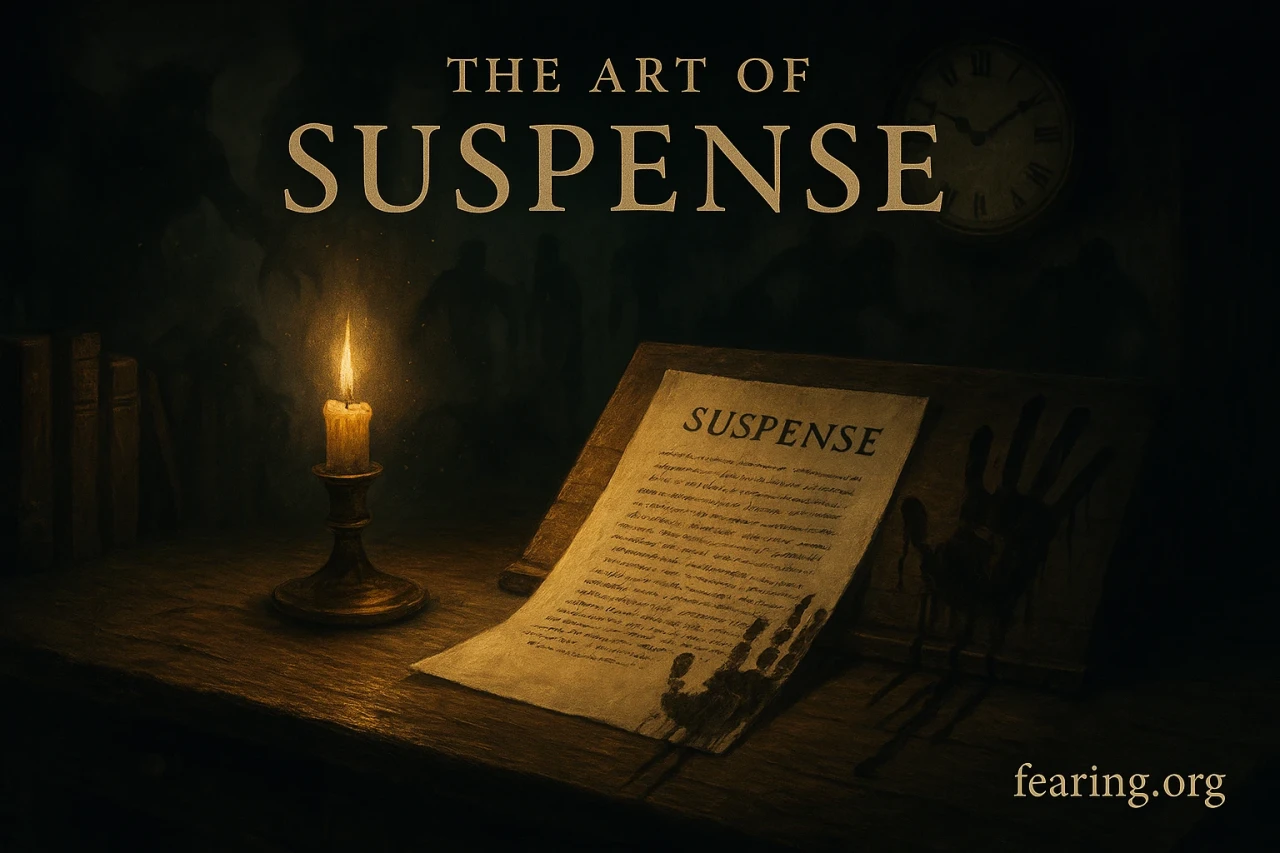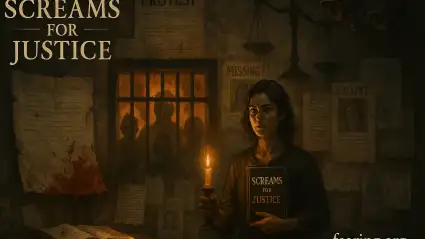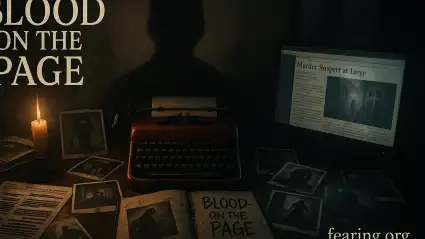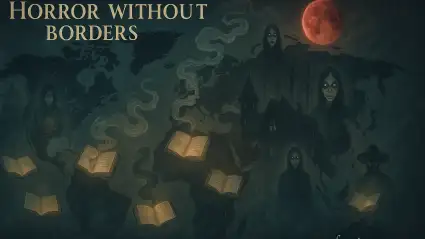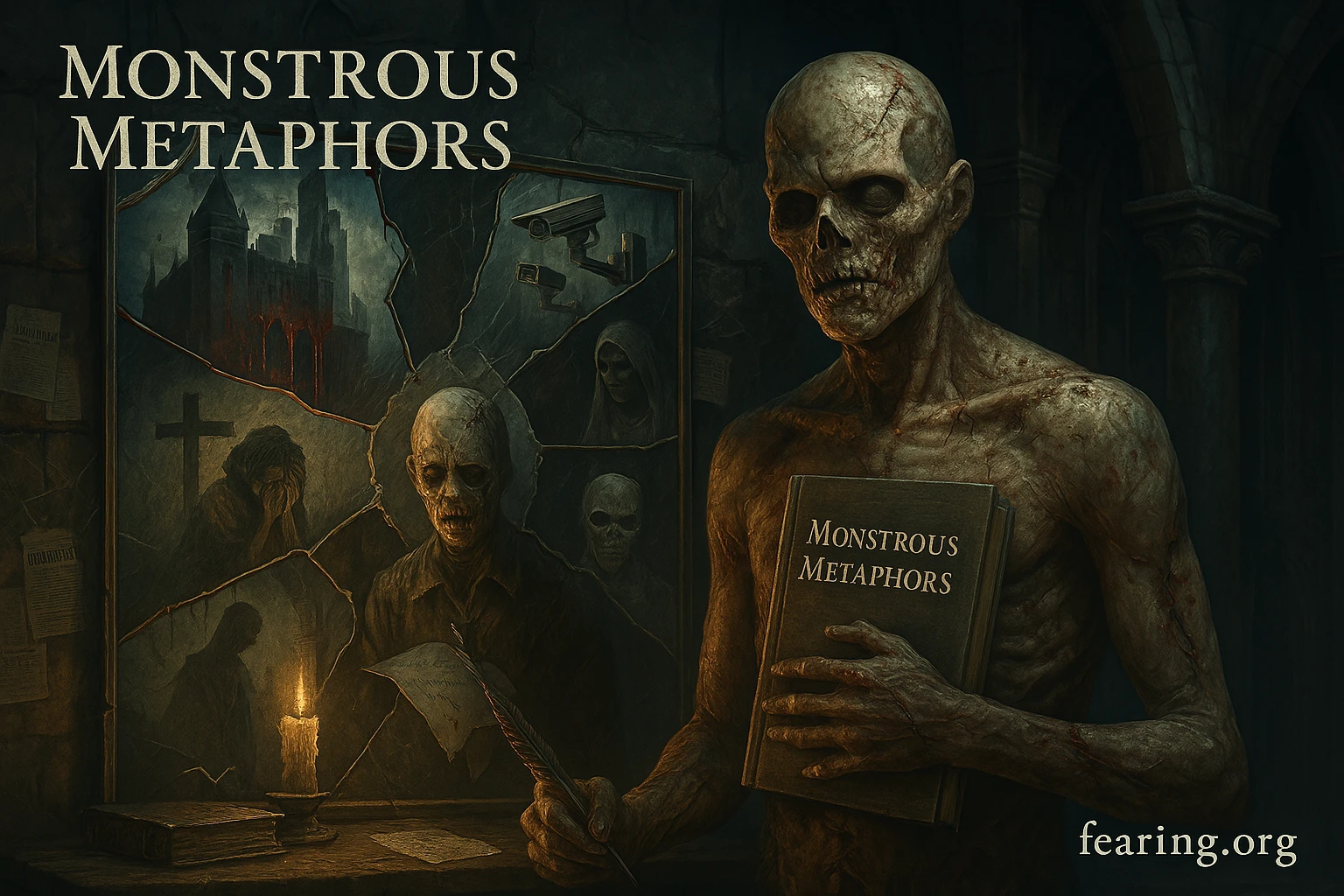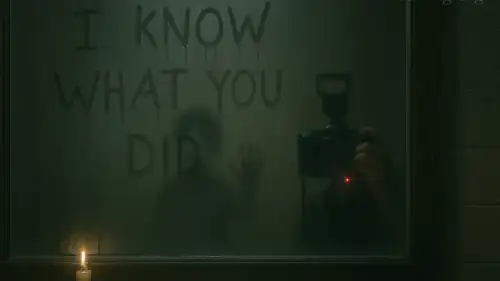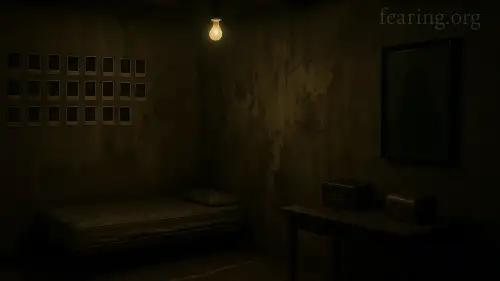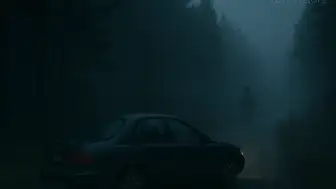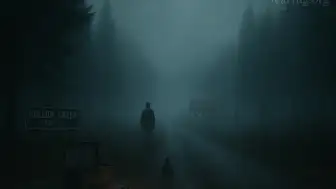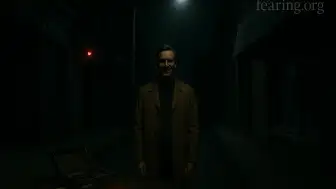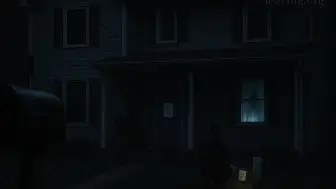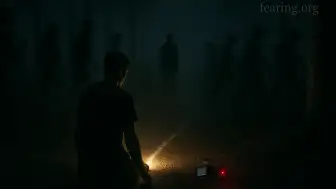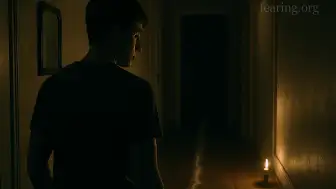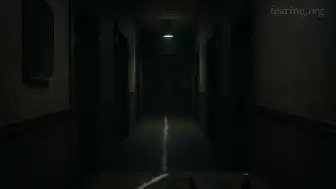What makes a horror story genuinely terrifying? What separates a forgettable scare from a scene that leaves your heart pounding long after the book is closed? The answer lies in the delicate, deliberate craft of suspense—an invisible string horror writers pull tighter and tighter until it snaps.
"Suspense is the anticipation of fear—the space between the shadow and the scream."
In this article, we’ll explore the most powerful techniques horror writers use to sustain tension, unsettle the reader, and make sure the story haunts the mind long after the last page.
1. The Power of What’s Unseen
Sometimes, the scariest thing is what we don’t see. Classic horror relies on implication rather than revelation.
H.P. Lovecraft often described monsters in vague, abstract terms (“indescribable,” “amorphous”) to allow the reader’s mind to imagine something worse than any detailed description.
In Shirley Jackson’s The Haunting of Hill House, much of the horror is psychological—the house is never explicitly evil, yet dread permeates every line.
Leaving room for the reader’s imagination is one of horror’s most enduring strengths.
2. Foreshadowing and Dread
Foreshadowing is the subtle art of whispering that something is wrong, long before anything happens.
A broken clock that ticks in reverse.
A child’s drawing of something that shouldn’t exist.
A casual conversation that hints at tragedy.
These quiet details create a background hum of unease, making readers flinch at every creak and shadow.
"Dread is not fear. It’s the waiting room of fear."
3. Pacing and Structure
Suspense lives in the rhythm of the prose.
Short, clipped sentences build urgency.
Long, flowing paragraphs lull the reader before a sudden jolt.
Horror writers control tempo like conductors. They build, release, and rebuild tension in carefully structured waves.
Many use delayed gratification—withholding the scare just a moment longer than expected, making it hit harder.
4. Unreliable Narrators and Perception Games
If the reader can’t trust the storyteller, they can’t find solid ground. This technique creates uncertainty and paranoia.
In The Tell-Tale Heart by Poe, the narrator’s madness is clear, yet his version of events dominates.
In House of Leaves by Mark Z. Danielewski, the text itself becomes distorted, unsettling the reader’s spatial orientation.
By distorting reality, horror writers make the reader complicit—guessing, doubting, fearing.
5. Setting as a Character
Where the story takes place can be just as important as what happens.
A crumbling Victorian mansion
An abandoned hospital
A small town with a dark past
These settings often have a memory of their own—ghosts, secrets, or histories that bleed into the present.
In Rebecca by Daphne du Maurier, the estate of Manderley is a looming presence. In The Shining, the Overlook Hotel is both setting and villain.
6. Symbolism and Thematic Echoes
Horror that resonates often hides deeper meanings:
Blood as a symbol of guilt or rebirth
Darkness as a metaphor for ignorance or despair
The monster as a stand-in for trauma, illness, or societal fears
These layers allow the horror to linger—making readers return to the story not just for fear, but for meaning.
"A good horror story doesn’t just scare—it reveals."
7. Isolation and Helplessness
Few things provoke terror like being trapped, alone, or unable to act.
A character stuck in a car on a stormy night
Lost in the woods with no signal
Trapped inside their own body or mind
These situations are universal and primal. They tap into survival instincts—and force characters into raw, exposed emotional states.
8. Juxtaposition of Normal and Horrific
The ordinary makes the horrific stand out more starkly.
A birthday party interrupted by bloodshed
A sunny morning walk that ends in nightmare
This contrast destabilizes the reader. It suggests that horror could happen anywhere—in their world, in their life.
"Horror thrives in the cracks between the everyday."
9. Psychological Depth and Character Vulnerability
Readers fear most for characters they care about. Horror writers develop deep, flawed, relatable characters before exposing them to terror.
A single parent struggling to protect their child
A teen trying to escape abuse
An elderly man battling memory loss while ghosts stir
When emotional truth meets supernatural horror, the result is unforgettable.
10. Ambiguous Endings
Nothing unsettles like uncertainty. Leaving threads untied and questions unanswered lets the fear continue to echo after the final line.
Was the monster real, or madness?
Did the survivor really escape?
Is the horror still out there?
These endings mirror life’s own unanswered questions—and keep readers looking over their shoulders.
How Horror Writers Use Language
Crafting suspense goes beyond plot—it lives in word choice, tone, rhythm, and syntax.
Words like "drip," "scratch," "whisper," "crack" evoke visceral responses
Repetition can mimic obsession or breakdown
Sentence structure can simulate panic or control
The most effective horror writing manipulates how a story is told as much as what is told.
Final Thoughts
Suspense is a skill that must be honed. It’s part science, part sorcery—the ability to control another person’s pulse through ink and imagination.
Horror writers don’t just scare us. They guide us through an experience. They tighten the string of tension one syllable at a time—and make us thank them for the discomfort.
“Suspense isn’t just what you fear—it’s knowing the fear is coming and being powerless to stop it.”

